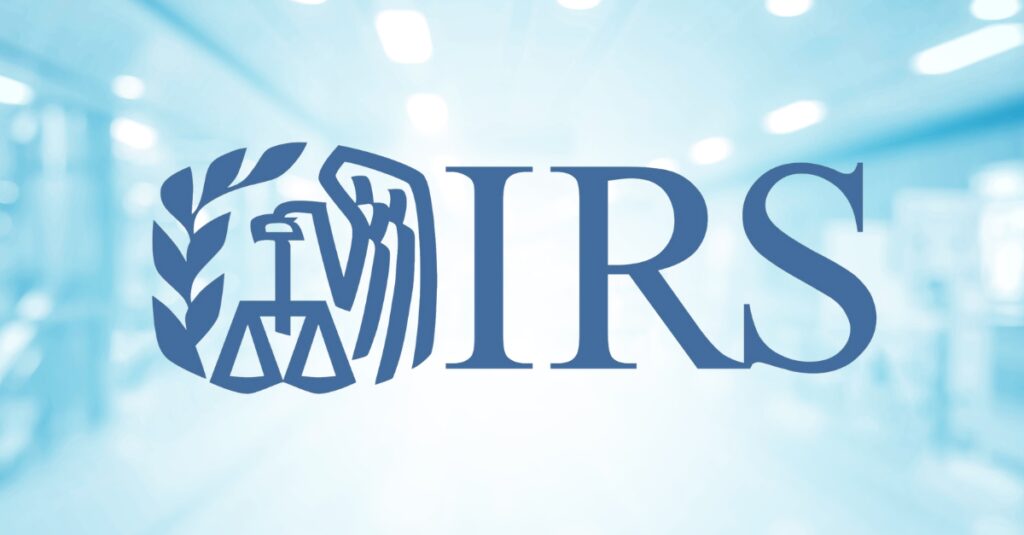If you’re a student or the parent of a student, you’ve likely received IRS Form 1098-T, the Tuition Statement. This form is issued by eligible educational institutions to help taxpayers and the IRS determine eligibility for education tax credits such as the American Opportunity Credit (AOC) and the Lifetime Learning Credit (LLC).
Let’s break down the fields and codes so you can confidently interpret this form—and use it correctly when preparing your tax return.
What Is IRS Form 1098-T?
Form 1098-T reports qualified tuition and related expenses (QTRE) billed or paid to eligible postsecondary institutions. Schools must file this form with the IRS and provide a copy to each student who paid qualified expenses during the calendar year.
Box-by-Box Breakdown of Form 1098-T
| Box | What It Reports |
|---|---|
| Box 1 | Total payments received for qualified tuition and related expenses (QTRE) during the calendar year. |
| Box 2 | No longer used. (Prior to 2018, reported amounts billed instead of paid.) |
| Box 3 | Not used starting in 2020. Previously indicated a change in reporting method. |
| Box 4 | Adjustments made for a prior year’s payments. For example, if you got a refund in 2024 for tuition paid in 2023. |
| Box 5 | Total amount of scholarships or grants administered or processed by the school during the calendar year. May affect eligibility for credits. |
| Box 6 | Adjustments made for a prior year’s scholarships or grants (e.g., grant was reduced or repaid). |
| Box 7 | Checkbox indicating that payments reported in Box 1 include amounts for academic periods starting in January–March of the next year. |
| Box 8 | Checkbox indicating the student was enrolled at least half-time during any academic period in the year. Required for the American Opportunity Credit. |
| Box 9 | Checkbox if the student was a graduate student (enrolled in a program leading to a graduate degree). |
| Box 10 | Amount of reimbursements or refunds under a tuition insurance policy (rare; used by insurers). Most students will not see this box filled. |
Key Codes and Notes
While Form 1098-T does not contain “codes” like a 1095-C or 1099-R might, the boxes and checkmarks serve a similar function:
-
Box 1 = Paid amounts that may qualify for education tax credits
-
Box 5 = Scholarships/grants that may reduce credit eligibility
-
Box 8 = Required for claiming the American Opportunity Credit
-
Box 9 = Affects eligibility for the AOC vs. LLC credits
How to Use the 1098-T for Tax Credits
🔷 American Opportunity Credit (AOC)
-
Up to $2,500 per student
-
Must be at least half-time enrolled (Box 8 checked)
-
Only for first 4 years of postsecondary education
-
Based on amounts in Box 1, reduced by Box 5
🔷 Lifetime Learning Credit (LLC)
-
Up to $2,000 per return
-
Available for any number of years
-
Can be used for part-time or graduate students
-
Less restrictive than AOC, but less generous
Important: The 1098-T doesn’t show your entire eligibility. You must also keep your own records of payments and ensure expenses qualify (e.g., books, fees, and tuition—not housing or meals).
Common Questions
Q: Box 1 shows less than what I paid. Why?
A: It only includes qualified tuition and related expenses (QTRE). Items like meal plans, housing, or optional fees are excluded.
Q: Can I claim a credit if Box 5 is greater than Box 1?
A: Generally, no. Scholarships that exceed qualified expenses may result in taxable income rather than a credit.
Q: I didn’t receive a 1098-T—why not?
A: Schools may not issue one if:
-
You didn’t pay QTRE in the calendar year
-
All expenses were covered by scholarships
-
You’re a nonresident alien and not eligible for U.S. tax benefits

